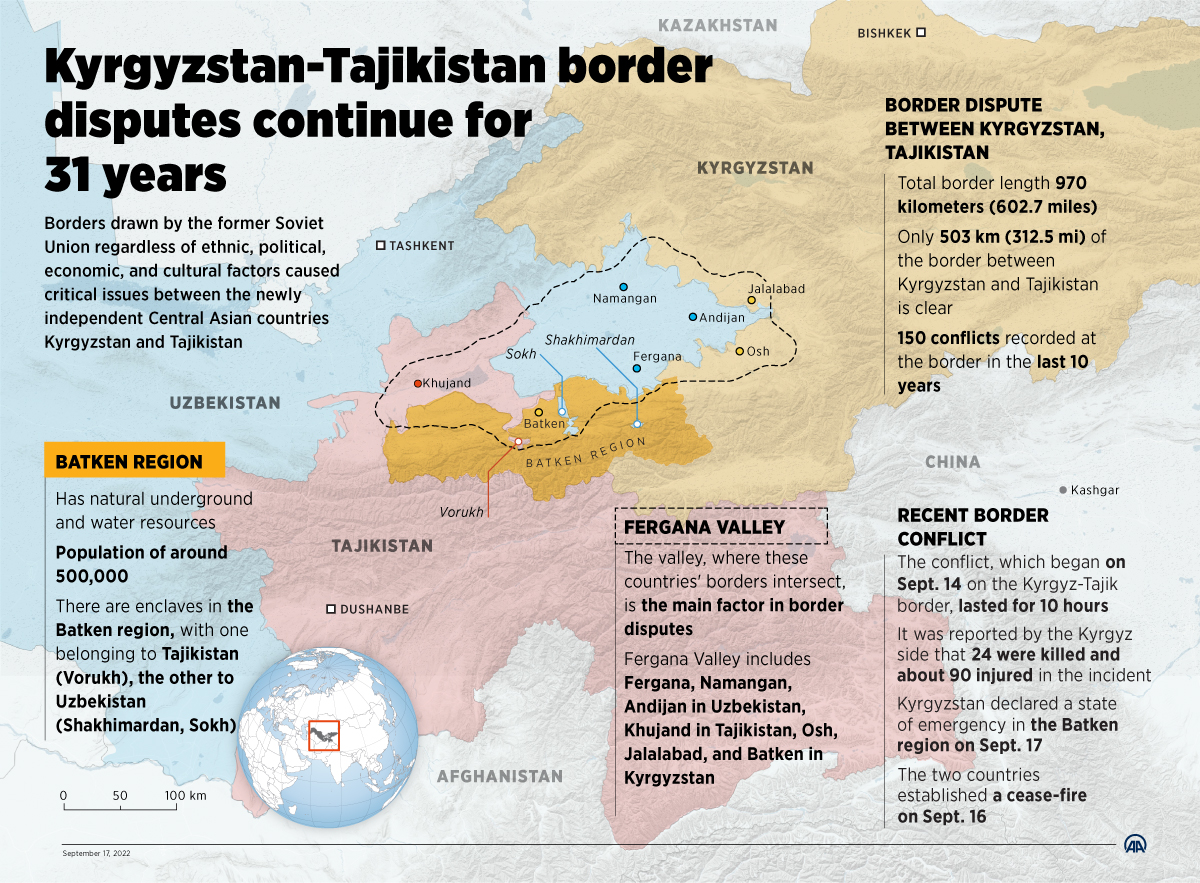7667766266
enquiry@shankarias.in
The heavy clashes on the Tajikistan-Kyrgyzstan border have turned the world’s eyes to the border issues in the Central Asia that could not been completely solved for the last 31 years.

References